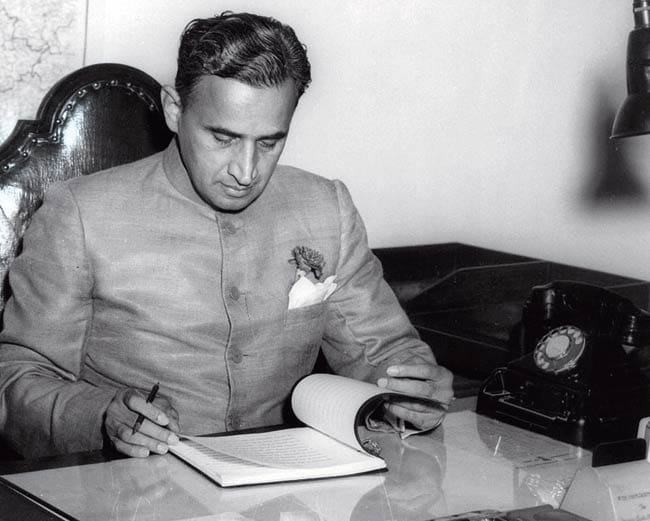The House of Tatas is known as a salt-to-silware conglomerate. Its listed companies have a market cap of more than 300 billion USD. Its group companies are leading players in jewellery retail, commercial vehicles, cars, steel, airlines, airconditioners, hotels, packaged consumer products like tea and salt, chemicals, coffee chains, housing, lending solutions, tea, e-health, e-grocery retailing and more. Tata Consultancy Services (TCS) is a behemoth and is the largest IT services company in India.
The list of businesses the Tatas run is very long.
More important, it is one of the business groups that has lasted for more than a hundred years. It is still thriving. It has an excellent reputation and the brand generates a certain amount of trust.
The stories of its philanthropy are known and so are its pioneering ventures into airlines, steel or luxury hotels(Taj, Mumbai). Less known are the challenges it faced in its early stages where it may not have survived.
This is the fascinating bit about businesses where entrepreneurs take risks and survive. Overcoming these life-threatening risks typically is a turning point. The entrepreneurs learn from these events and rework the business model.
The group was founded by Jamshedji Nuserwanji Tata in Mumbai. He set up a trading company and earned a lot of money during the American Civil War. But when the collapse of the American economy happened in 1865, the firm made huge losses. Jamshedji had to honour heavy debts and had to sell his house in Fort, Mumbai to meet his obligations.
Jamshedji's son Sir Dorab took over in 1904. The Tata Steel Company was set up in 1907 and started manufacturing in 1911. But in 1924 it was on the verge of closing down and Sir Dorab had to get a loan of INR 10 million from the Imperial Bank of India to establish a public limited company. To do this Sir Dorab had to pledge his entire personal fortune( INR 10 million) and his wife's jewellery.
The highly risky decisions at these pivotal moments are what makes the journey so interesting.



